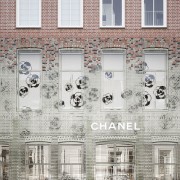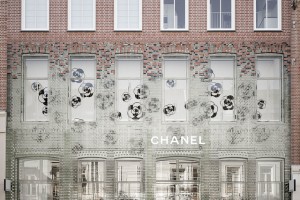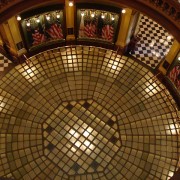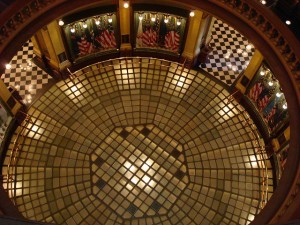Glass isn’t just for windows anymore
But glass is more versatile than that, and some architects are experimenting with exactly what glass can do. Artists have known for thousands of years that liquid glass can be formed into virtually any shape. The shape hardens as the glass cools. A talented artist can make just about anything.
In the industrialized world, however, function is preferred over form, so glass adopted a highly functional role in architecture. A process to make uniform sheets of glass, known as float glass, has been around since the 1950s. If you want glass panels, float glass is ideal, but few people have experimented with what they can create with float glass.
An MIT researcher aims to change that, and has created geometric structures out of float glass panels. The panels are bound together with UV-activated bonding agents, and are changing ideas about what you can do with a flat piece of glass.
The pieces are impressive, and range in size from viewable to habitable, but there’s no doubt that float glass panels are exceptionally heavy. When joined together, a large number of panels may exceed practicality.
That hasn’t stopped some designers from rethinking what can be done with glass. MDRDV recently completed a new façade for the Chanel store in Amsterdam. The storefront is made from glass bricks that were designed to blend in with the surrounding architecture, and to complement an existing brick façade on the building’s upper floors.
It’s safe to say that with the advent of secure bonding materials, you may begin to see more creative uses for glass in architecture in the near future.
If you’d like more information about Glassprimer™ glass paint, please visit the rest of our site. If you’d like to purchase Glassprimer™ glass paint, please visit our online store .
Photo Credit: el genio del dub, via Flickr.com




